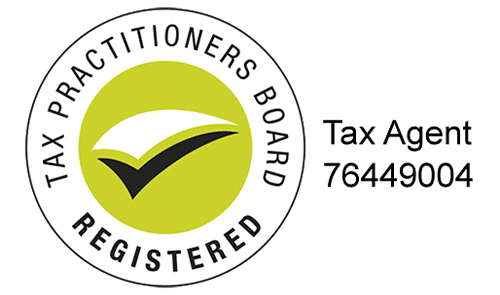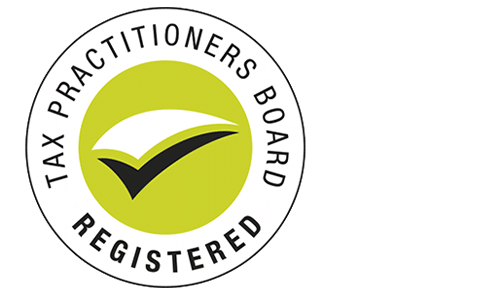If you’re thinking about buying a ute for your business, here’s what you need to do to claim the ‘work horse’ exemption and avoid Fringe Benefits Tax
If I had a dollar for every time a small business operator asked me “All utes are exempt from tax, aren’t they?” I’d be writing this article on a tropical beach somewhere. Some, but not all utes are exempt, and it largely depends on who’s driving and how they use it. So let’s look at each one separately….
 THE UTE
THE UTE
The ute must be primarily designed for carrying loads rather than passengers. The Australian Taxation Office (ATO) used to keep an up to date list of approved utes that could (depending on use) be considered for the work horse exemption. The ATO stopped updating the list in 2013, so now it’s up to the taxpayer to figure this out using the ATO prescribed method:
You’ll need to do some research on your potential new ute to find out the following:
- Kerb weight – the weight of the ute without passengers or cargo
- Gross Vehicle Mass (GVM) – the maximum weight the ute can carry including its own weight
- Seating capacity of the ute (including the driver)
The other number you’ll need is 68kgs. This is (apparently) the average adult weight of Australians, according to the ATO.
RUNNING THE NUMBERS
Step 1: Subtract the Kerb Weight from GVM. If the resulting weight is 1 tonne or over, then the ute will qualify for the exemption. If not, go to step 2
Step 2: Multiply seating capacity by 68kgs. If the resulting amount is less than half of the figure calculated in step 1, then the ute will still qualify for the exemption.
If it’s more than half, then the ute does not qualify.
Using this method, it’s much easier to prove that single-cab utes qualify as work horses than dual-cabs. A dual-cab can technically still qualify, however having a smaller tray, larger cabin, and higher seating capacity make it harder to demonstrate that it’s primarily designed for load carrying.
 THE DRIVER
THE DRIVER
An employee (it could be you) who is provided with a work horse ute to carry out their work duties can also use the ute for personal / private use IF it is limited to:
- travel between home and work (yes – they are allowed to take it home)
- other private travel which is minor, infrequent and irregular
As an employer, you must be able to demonstrate at all times during the FBT year that the work horse ute was used in accordance with the above rules. This is important because claiming the work horse exemption for only part of a year is not allowed. It’s all or nothing. If the ute ceases to be used as a work horse ute at any point during the year, FBT will apply to the ute for the whole year. You could keep track of this by keeping a log book, or comparing odometer readings at regular intervals.
That (in a nutshell) is how to minimise your Fringe Benefit Exposure when considering buying a ute. The other more common question I get asked is “Can I deduct the whole purchase price if it’s under $20,000?” which my colleague Rick Filocamo discusses in more detail here
Please call Optima Partners for further guidance or tailored advice.
ANTONY MONALDI
Snr Accountant









